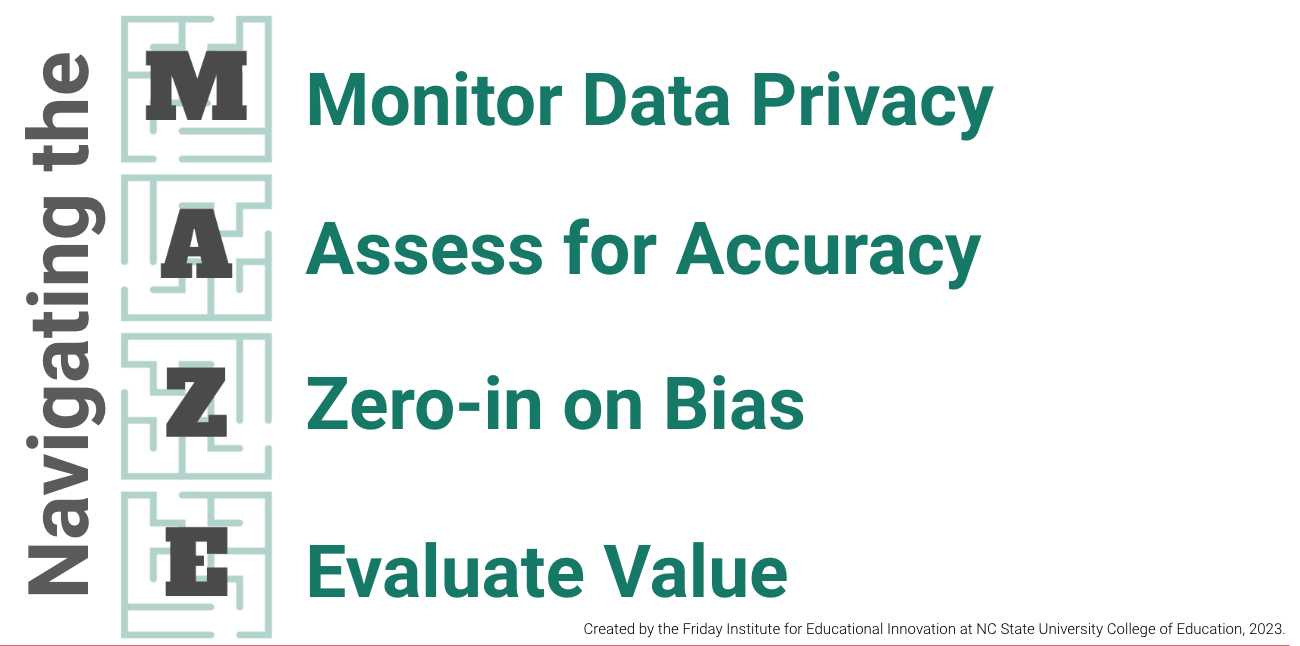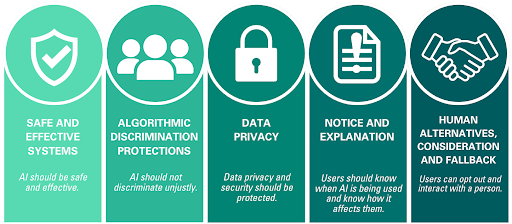In today’s digital age, technology has become an integral part of K-12 education. Digital tools and resources offer countless opportunities to enhance learning experiences, engage students and prepare them for the future. However, it’s crucial to ensure that these tools are accessible to all students.
At this year’s first NCTIES Fall Virtual Conference, I shared in my session, “Foundational Practices for Accessible Digital Content”, how accessibility practices in K-12 classrooms promote equity in education. All students should have equal access to the educational content and tools that can help them succeed. When digital resources are designed with accessibility in mind, students can participate fully in the learning process. This inclusion is a fundamental principle of education that benefits not only students with disabilities but the entire class.
Accessibility is purposeful, intentional design to meet the individualized needs of every person.
Accessibility tools and resources integrated into curriculum and instruction paves the way for each student to access what they need to excel in their educational journey. These tools level the playing field, ensuring that students with varying abilities and learning styles can fully engage with the curriculum. By embracing accessibility, educators empower students to overcome barriers, making education more inclusive and equitable. For example, providing text alternatives for images or captions for videos benefits not only students with disabilities but also those who learn better through reading or have limited access to audiovisual content.
This crucial integration, however, can feel, at times, overwhelming for educators to manage. Where do they start? What resources should they use? To support educators committed to designing their curriculum and instruction with accessibility in mind, I developed an “Accessibility Playlist,” which not only provides resources and strategies to support accessibility practices but also allows the learner to self assess and reflect on their own priorities when it comes to integrating accessibility approaches into their digital-age curriculum and instruction. (Access an editable Google copy of the playlist).
To guide the learning journey, I included two steps to hone and focus the learning interest and intent. First, the learner is asked to “Determine Your Pathway” by completing a pre-assessment based on current knowledge and understanding. If the learner thinks a particular practice is working well and they do not need to grow their knowledge in a particular area, they mark that area as “In Place” and provide evidence to explain why they believe it is effective. If the learner feels that a practice could be improved, they mark it as a “Growth Track” and reflect on how they would like to enhance it to benefit their teaching practice.
Once a “Growth Track” or tracks is identified, the learner can navigate to that section of the playlist to focus their attention and record key takeaways and ideas. The goal is to prioritize the learning based on need and interest while still making all the strategies and resources available.
Topics within the playlist include the legal requirements and guidelines educators should be aware of when it comes to digital accessibility. Additionally, content on Universal Design for Learning, ways to support inclusivity for English language learners, and visual and auditory strategies are shared. For instance, closed captioning in videos can help students grasp content more effectively by reinforcing auditory information with visual cues.
Accessibility practices are not just a box to check in K-12 education; they are a cornerstone of creating an inclusive, equitable and forward-thinking learning environment. By prioritizing accessibility, we empower all students to reach their full potential, regardless of their abilities or learning styles. It’s a win-win for students, educators and society as a whole, ensuring that no one is left behind in this digital age of education.
If you are interested in more information about accessibility practices and opportunities for support, contact a member of the Professional Learning and Leading Collaborative at https://fi.ncsu.edu/teams/pllc/.

Jaclyn B. Stevens coaches and assists K-12 educators, ITFs, and administrators to adapt, not adopt, fostering initiatives to transform professional learning through changes in pedagogical shifts and meeting the needs of all learners to champion creativity and innovation. She is a research scholar at the Friday Institute, part of the College of Education at North Carolina State University.



